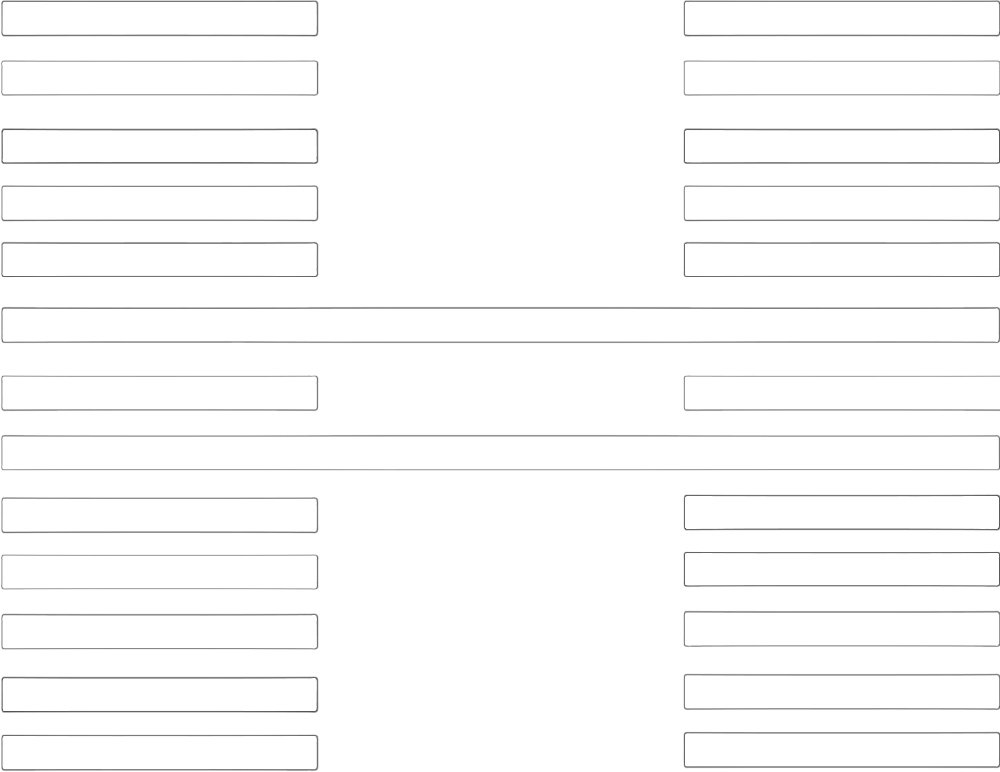Activities
Regular activities
Herbarium collections of the Department of Biology of the Faculty of Science represent the source of information on the plant cover of Croatia and neighbouring areas, available for the national and international botanical community. Herbarium specimens and their labels are important sources of information for taxonomical works, while vouchers are deposited as evidence material in collections, remaining stored and preserved after the publication of such works. Permanent storage of examples and providing access according to general rules and standards to taxonomical botanists as primary users and other researchers is the main aim of activities in herbarium collections.
Digitization and e-access
In times of modern science, the demand for quick access to herbarium specimens and the associated data is high. Apart from providing quick access to information, online databases enable the examination of material without its translocation and potential damage. For the abovementioned reasons, systematic digitization and systematization of material was initiated in recent times.
Systematization and digitization of all herbarium specimens from ZA and ZAHO are conducted through Flora Croatica Database (FCD). Systematization was initiated in 1999 (ca. 30300 specimens from ZA and ca. 5400 specimens from ZAHO have been systemized so far) while scanning was initiated in 2016 (ca. 10100 specimens from ZA and ca. 2400 specimens from ZAHO have been scanned so far).
Digitization is carried out through several steps. Herbarium sheets are georeferenced – in the case of historical material geographical coordinates are determined using the description of the locality, while in the case of new material coordinates are generally recorded simultaneously with the collecting. The information from the label together with the coordinates is introduced into the FCD. Through this step, the specimen receives a unique ID number and becomes publicly available through the online database. In the final step, specimens are being scanned together with the scale bar and a colour plate, scans are labelled by the ID number of specimens and the images are uploaded into the database.
For the purpose of facilitating the recognition of handwritings and ensuring a more rapid digitization, a “code book” for ten most common collectors in the ZA collection has been developed.
Digitization of herbarium specimens is performed using the Epson Expression 11000XL A3 scanner, acquired through the donation by Epson, within the frame of collaboration between Epson and Faculty of Science (Herbarium of the Faculty of Science: digitization of the national treasure).
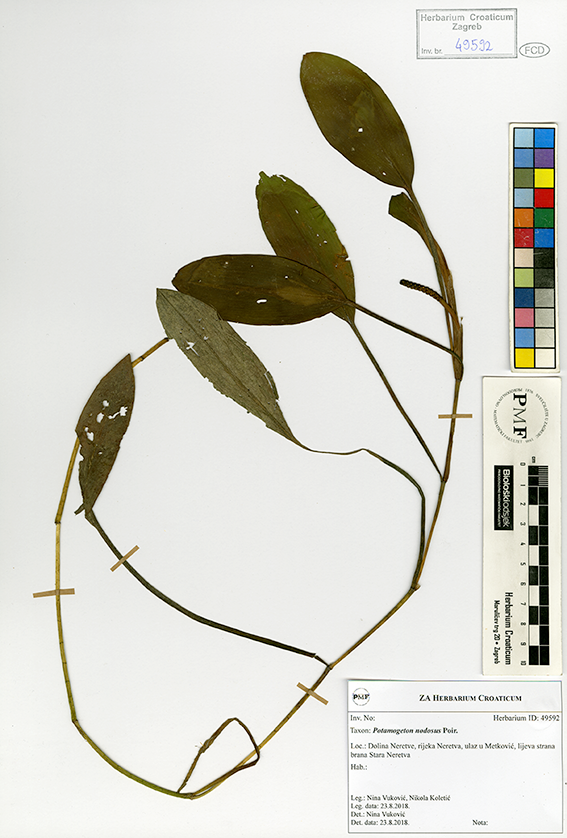
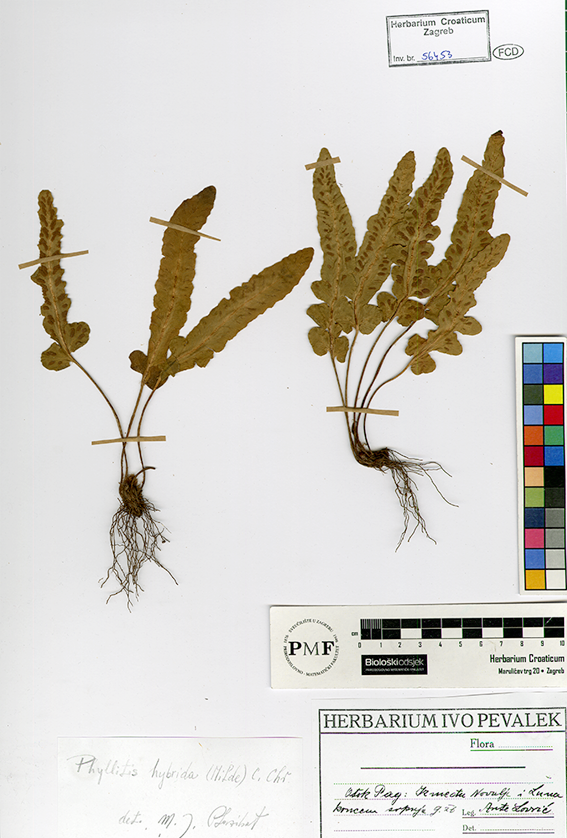
Fully digitized herbarium sheets of new material (left) and historical specimens (right).
New deposits
The ZAHO and Herbarium Generale of the ZA collection are closed collections, i.e. no deposit of new material takes place. The ZA collection holds ca. 230000 specimens of Croatian flora, collected over the period of last 200 years by a large number of Croatian and European collectors. After years of stagnation, in 2014 the collecting activities were restarted within the course of regular fieldtrips of herbarium staff and other associates. The aim is to collect the taxa poorly represented or absent from the collection, but also to refresh the collection with new material, given that most of current material is rather old.
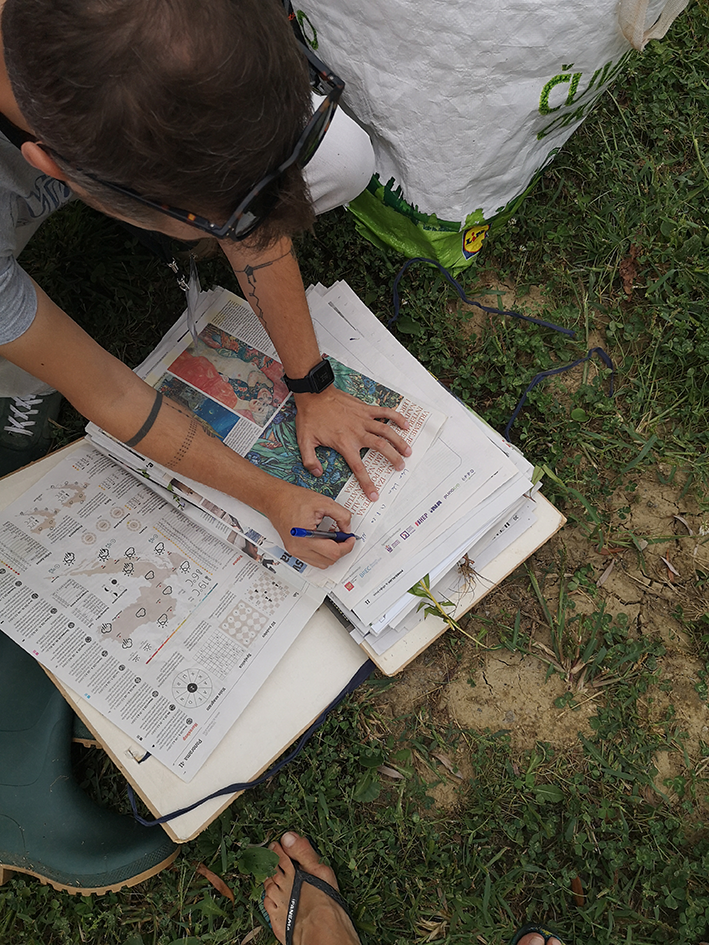
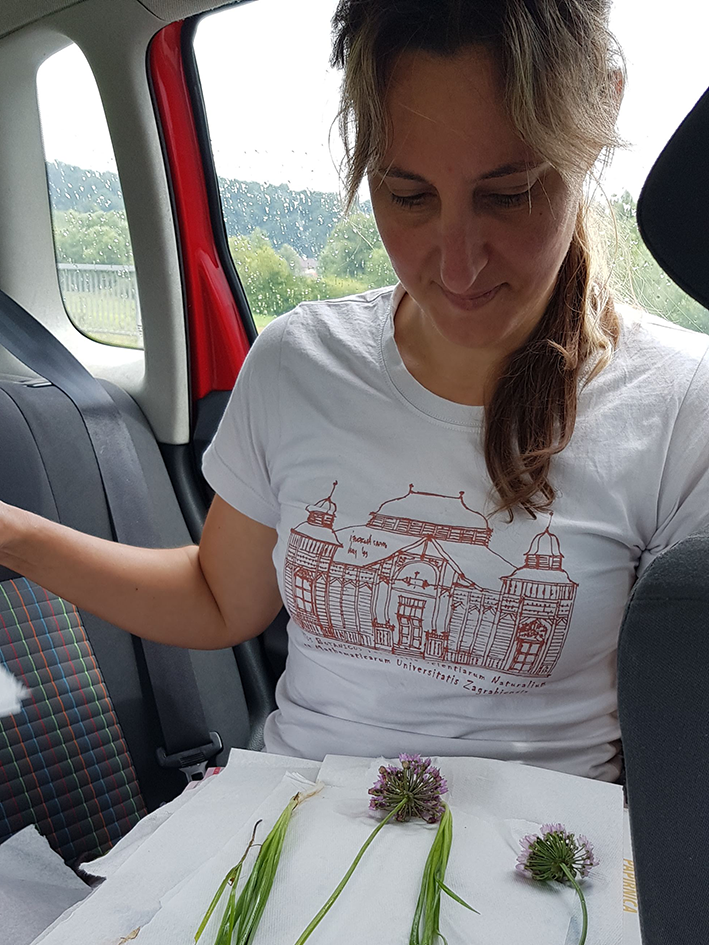
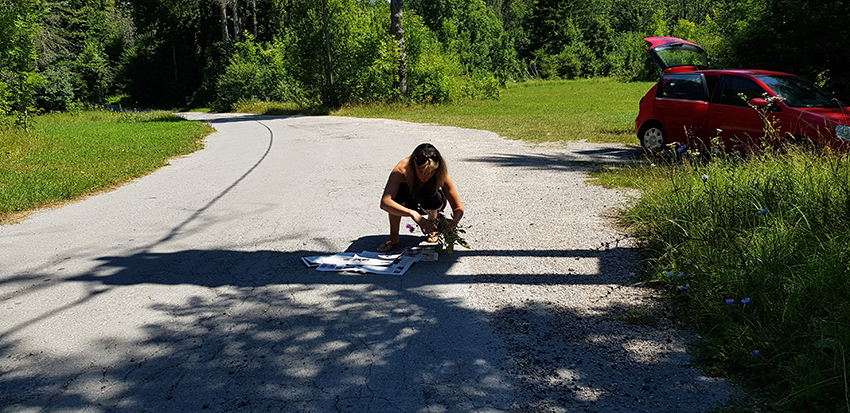
Collecting of the new material for new deposits in the ZA collection.
Mounting
In ZA and ZAHO collections, most of the material is not mounted, and the specimens are deposited freely on the sheets. Mounting of historical and new specimens was initiated in 2015 using the adhesive paper tape, for the purpose of preservation of material. Large amount of material scheduled for restoration is continuously processed by staff members, associates, volunteers and students. The methods for mounting and restauration are in accordance with standard recommendations and procedures used in herbarium collections.

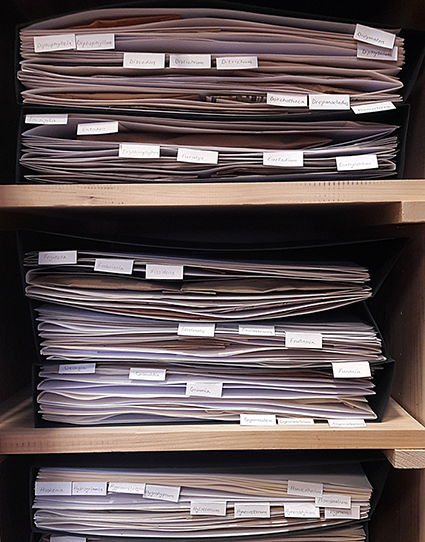
The example of old, non-systemized material in Herbarium Croaticum scheduled for restauration (left) and completely restored material in the collection of bryophytes (right).
Pest kontrol
For decades, DDT (Dichlorodiphenyltrichloroethane) was used for pest control worldwide. Due to its declared toxic effects, the use in ZA and ZAHO was abolished decades ago, and in 2015 new protocols for pest control were introduced. Nowadays, all material is exposed to cold treatment before its deposition into the collection. Cold treatment includes two 48 h periods of freezing at -18°C, with an inter-treatment of 24 h at room temperature. Samples are stored in carefully sealed, thick plastic bags, and kept in a common freezer.
Apart from the cold treatment, the collections were treated with insecticide gas for the first time in 2019, as a part of the yearly treatment plan. Small traps for insects are also placed in the collection, to monitor the occurrence of insects.

Treatment of herbarium premises with insecticide gas for the purpose of pest control.
